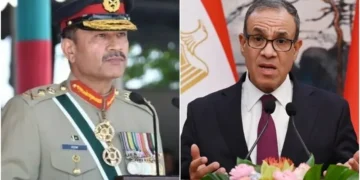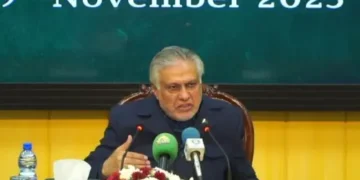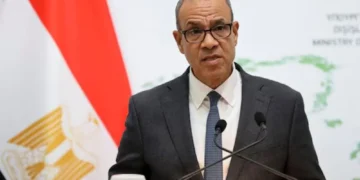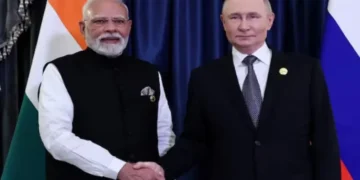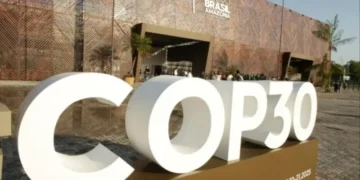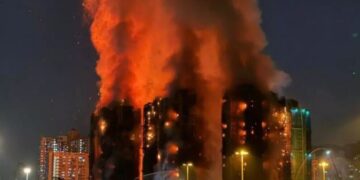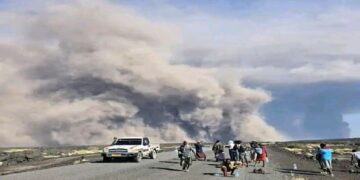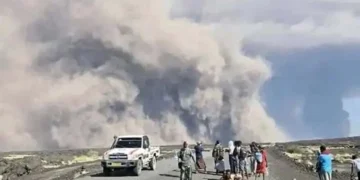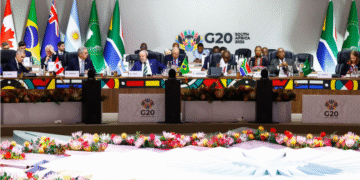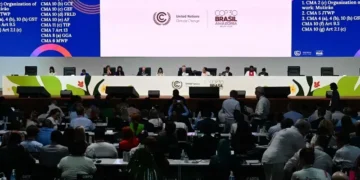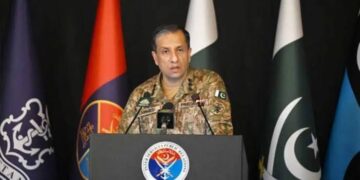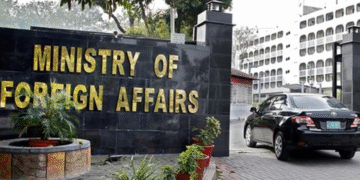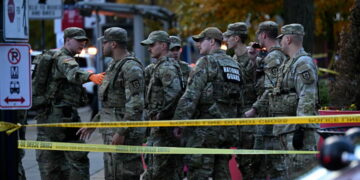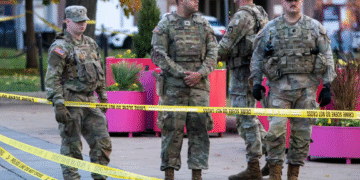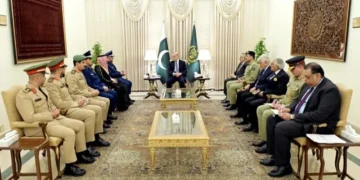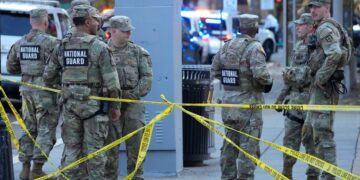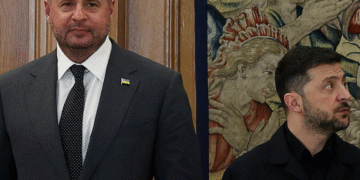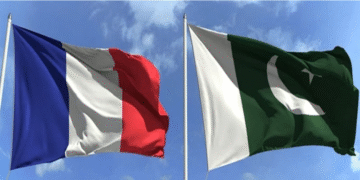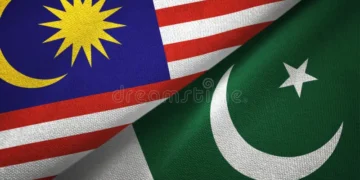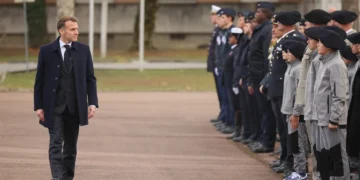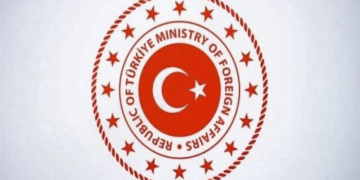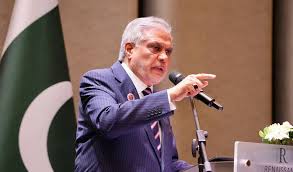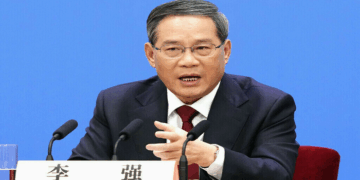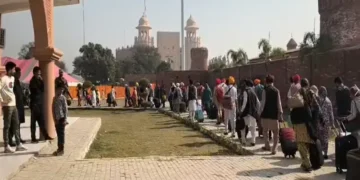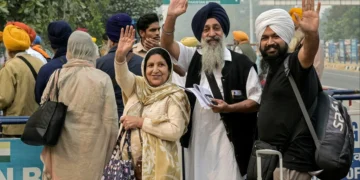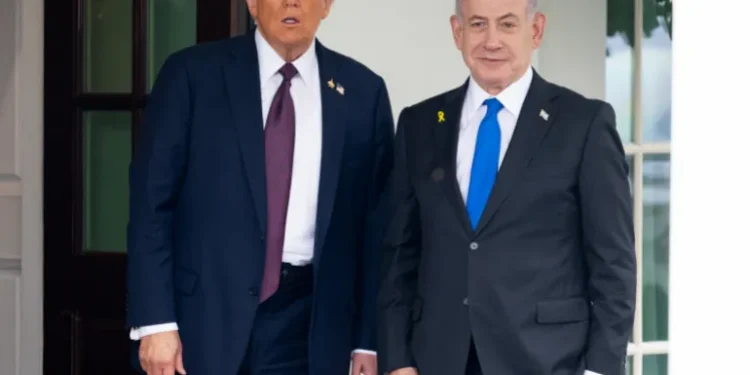WASHINGTON / GAZA; U.S. President Donald Trump on Saturday called on Israel to immediately stop bombing Gaza, saying he believes Hamas is ready for peace following the Palestinian resistance group’s initial response to his proposed plan to end the nearly two-year war.
In a statement posted on his Truth Social platform, Trump shared Hamas’s formal reply to his initiative, which was unveiled earlier in the week. He urged both sides to seize what he described as a “last chance” for peace, warning of severe consequences if the offer is rejected.
Hamas Signals Partial Acceptance
Hamas issued a statement on Friday saying it “appreciates the Arab, Islamic, and international efforts, as well as the efforts of US President Donald Trump” to end the conflict. The group expressed support for several points in Trump’s plan, including the release of hostages and prisoners, an end to the war, and the entry of humanitarian aid into Gaza.
Hamas said it had “approved the release of all occupation captives — both living and remains — according to the exchange formula contained in President Trump’s proposal, with the necessary field conditions for implementing the exchange.” The group also declared its readiness to “immediately enter negotiations through mediators to discuss the details.”
Additionally, Hamas stated it was prepared to hand over the administration of the Gaza Strip to an independent Palestinian technocratic body based on national consensus, supported by Arab and Islamic countries. Hamas has floated similar proposals in the past as part of ceasefire negotiations.
However, the statement notably did not address two of the most contentious issues in Trump’s plan:
- Hamas’s disarmament and Gaza’s demilitarisation, which Israel and the U.S. insist upon but Hamas has repeatedly rejected.
- The phased Israeli withdrawal from Gaza, whereas Hamas continues to demand an immediate and complete withdrawal.
A senior Hamas official told Al Jazeera that disarmament would not take place until Israel’s occupation of the enclave ends, highlighting the deep gaps between the two sides as the war nears its two-year anniversary.
Trump Sets Ultimatum
Earlier this week, Trump gave Hamas until Sunday 2200 GMT (3am Monday Pakistan time) to accept the plan, threatening that “all hell, like no one has ever seen before,” would break loose if it refused.
The Trump plan, backed by Israeli Prime Minister Benjamin Netanyahu, outlines a ceasefire, the release of hostages within 72 hours, Hamas’s disarmament, and a gradual Israeli withdrawal from Gaza. It also proposes a post-war transitional authority led by Trump himself to oversee implementation.
Hamas has asked for more time to study the proposal, with officials telling AFP that internal consultations were still ongoing. “Hamas is still continuing consultations regarding Trump’s plan … and has informed mediators that the consultations are ongoing and need some time,” a Hamas official said on condition of anonymity.
Within Hamas’s leadership, two competing views have emerged. According to sources close to the group, one faction favours unconditional acceptance, prioritising a ceasefire under Trump’s guarantees. The other faction holds serious reservations, particularly regarding disarmament and security clauses, and seeks conditional approval with clarifications that address the group’s demands.
Hugh Lovatt, a senior policy fellow at the European Council on Foreign Relations, noted that “it’s not just about convincing Hamas leadership in Doha, but also the leadership in Gaza, as well as Hamas members and fighters on the ground.” He added that Hamas must also bring other Gaza-based factions on board.
Escalation on the Ground
As political manoeuvres continue, Israeli bombardment of Gaza intensified on Friday night. Gaza’s civil defence agency reported heavy airstrikes and artillery shelling in Gaza City, killing at least 11 people, including eight in the city centre.
Media restrictions and access difficulties mean casualty figures cannot be independently verified. However, the United Nations again warned that “there is no safe place in Gaza”, with UNICEF spokesperson James Elder describing Israeli-designated safe zones in the south as “places of death.”
Amnesty International condemned what it described as a “catastrophic wave of mass displacement,” as hundreds of thousands of Palestinians — many already displaced multiple times — were forced into overcrowded areas lacking clean water, food, medical care, and shelter.
Rising Tensions and Global Response
The latest developments come amid mounting international pressure on Israel, as global protests erupted following the interception of a flotilla carrying pro-Palestinian activists and humanitarian aid to Gaza. Israel deported four Italian activists after stopping the final vessel in the Global Sumud Flotilla campaign on Friday.
The conflict, which began with Hamas’s October 7, 2023 attack on Israel, has killed 1,219 people in Israel, mostly civilians, according to official figures compiled by AFP. Israel’s retaliatory campaign has, in turn, killed over 66,288 Palestinians, according to the Gaza Health Ministry figures considered reliable by the UN. More than half of the Palestinian dead are women and children.

